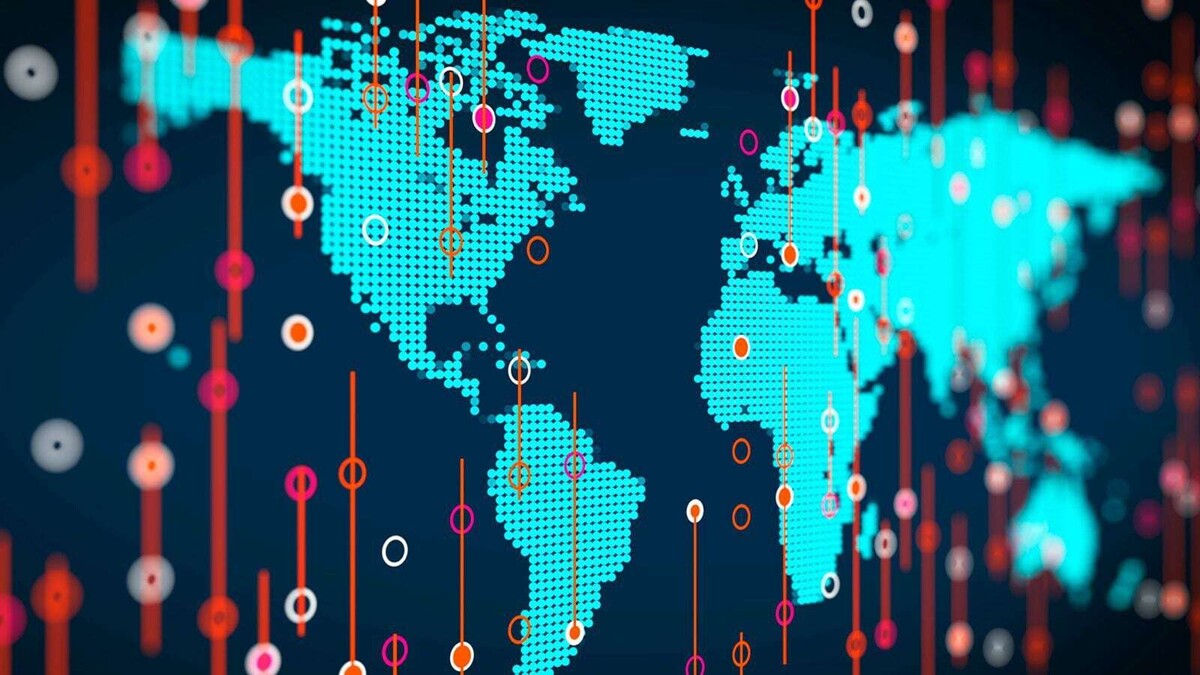
By the year 2030, it is expected that major technology companies in the United States will allocate more than $700 billion annually to data centers, chips, and energy, equivalent to 2% of the country's GDP. Although American companies are the pioneers in this revolution, it is projected that generative Artificial Intelligence will also affect jobs and industries in Latin America, increasing the demand for additional data centers and complementing the expansion of cloud computing and digital transformation across various sectors.
In the financial realm, new investment opportunities are emerging in Latin America, making it essential for investors to adopt an active, diversified, and long-term oriented approach. Exploring private markets such as infrastructure and private credit becomes crucial for finding sources of return and diversification. The importance of prioritizing long-term thematic investment strategies beyond short-term market fluctuations is highlighted.
Latin America, with 8% of the world's population, remains a key area for investment despite the challenges it faces. Interest in alternative assets like private equity and debt is on the rise, opening up diversification opportunities. Mexico stands out in this context as a significant player in the global economic transformation, driven by its strategic location and strength in advanced manufacturing.
The country has developed a productive model that combines innovation, technological development, and specialized human capital to add value to production, which reinforces its economic competitiveness and positions it as a center for knowledge and design capable of driving business transformation. By 2025, investors could benefit by focusing on emerging structural changes with a projected annual investment of $3.5 trillion in this decade.
In the infrastructure sector, it is projected that Latin America and the Caribbean will need an investment of more than $2.2 trillion by 2030, equivalent to 3.1% of the region's annual GDP. Investment in the energy sector is crucial to meet global demand, including wind farms, solar plants, and high-capacity transmission networks. The role of non-bank lenders is growing, backed by local institutional investors.
In conclusion, global transformations driven by structural forces are reshaping the way we live, work, and invest. AI and infrastructure are emerging as key sectors for development and modernization in the region. Investors must adapt to these structural changes to take advantage of emerging opportunities and diversify their portfolios in a constantly evolving financial environment.













